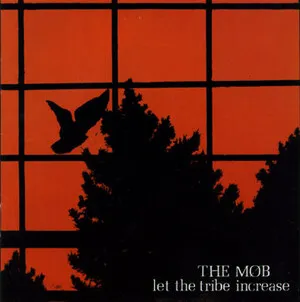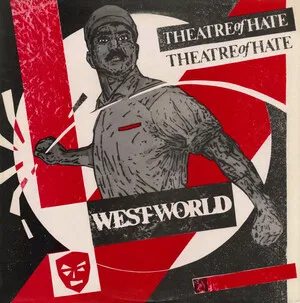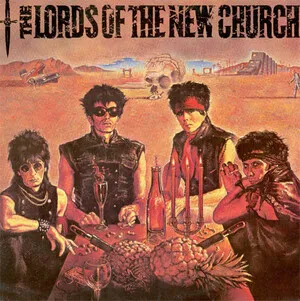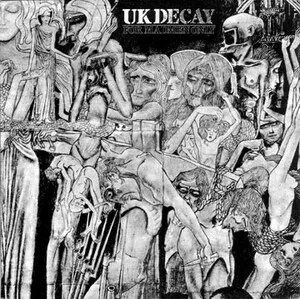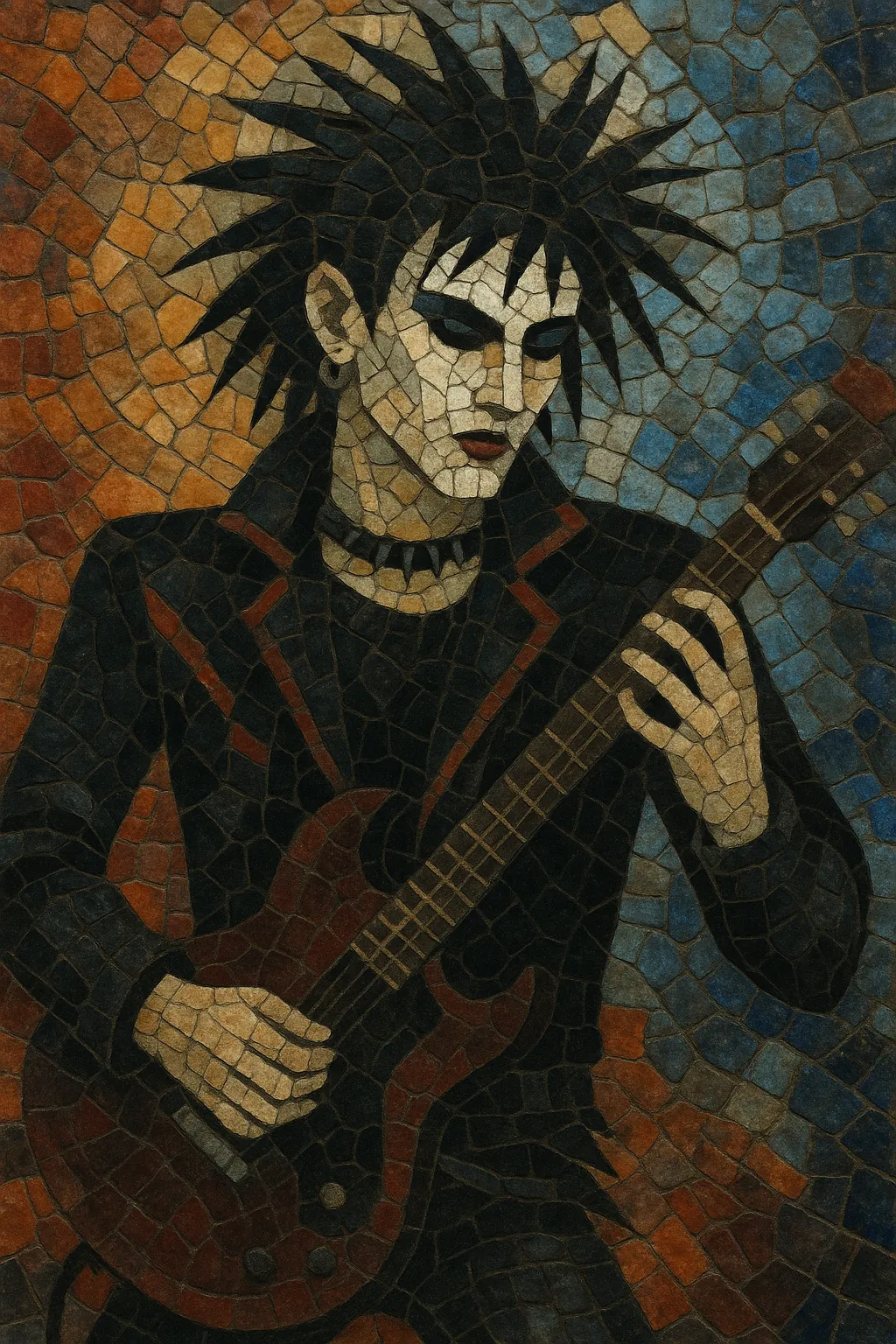
Positive punk is a short‑lived early‑1980s UK label used by music press to describe a new, more visionary strain of post‑punk that carried punk’s energy into darker, theatrical and romantic directions.
Musically it fused punk rock’s urgency with post‑punk’s atmosphere: tom‑heavy tribal drumming, octave‑driven bass lines, flanged/chorused guitars drenched in reverb, and baritone or declamatory vocals. Lyrically it swapped nihilism for a "constructive" or transformative stance—embracing personal liberation, mysticism, and DIY community alongside social critique.
In fashion and presentation it anticipated what would soon be called goth: black attire, crimped hair, dramatic makeup, militaristic or Victorian thrift‑store aesthetics, and intense, ritual‑like live performances.
In early 1983, Sounds magazine writer Richard North popularized the term "Positive Punk" to group together a set of UK bands that had evolved out of punk but rejected its exhausted nihilism. These groups retained punk’s do‑it‑yourself immediacy while adopting moodier harmonies, tribal rhythms, and a romantic, visionary ethos. The label captured a moment rather than a strict genre rulebook.
Bands associated with the tag emphasized tom‑led, martial or tribal drum patterns, driving bass ostinatos, minor‑mode guitar figures soaked in chorus/flange, and cavernous reverb. Vocals tended toward baritone proclamations or dramatic croons. Lyrics explored transformation, occult and mythic imagery, political awareness, and communal belonging. The visual culture—black clothing, theatrical makeup, and post‑apocalyptic/militaristic thrift chic—coalesced in UK clubs and small venues, with regional hotspots in London and across Yorkshire.
The name "Positive Punk" circulated briefly in the music press, but the sound and look swiftly converged with and helped codify what became known as gothic rock. As the mid‑1980s progressed, the scene’s sonic DNA fed into emerging goth, dark wave, and ethereal currents, while its DIY organization and aesthetic intensity echoed into later post‑punk revivals.
Although the term faded, its influence is outsized: it served as a conceptual bridge between first‑wave punk and the codified goth and dark‑wave movements, shaping how bands approached atmosphere, rhythm, image, and community for decades after.



